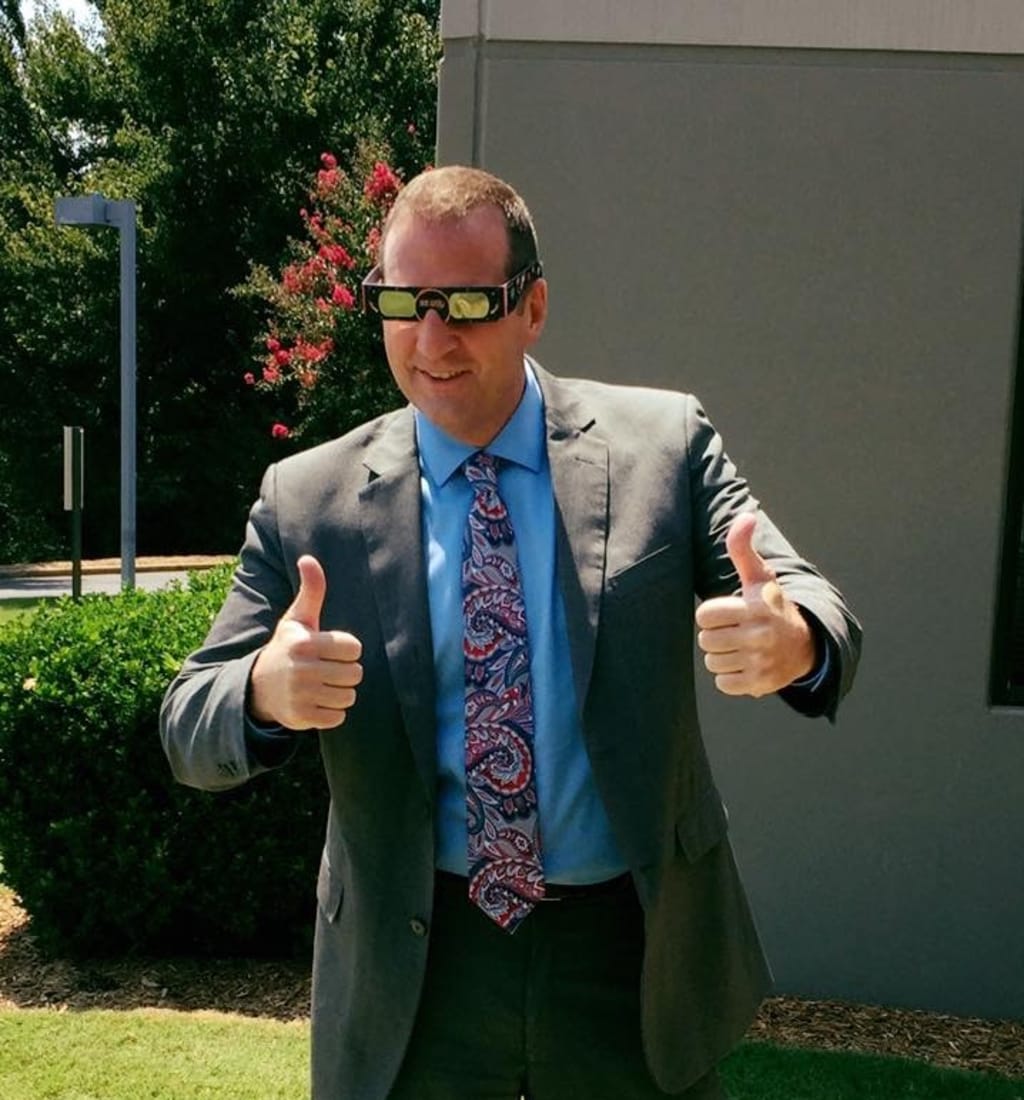
Give me 30 years and I will change your mind:
Recently, a colleague shared a thought-provoking article with me. The title of the article was “This is how long it takes to change the world.” It was written by Yancey Strickler, who is a cofounder of the crowd funding site: Kickstarter. As the title suggests, this article set out to dispel the myths surrounding macro-level change. In the article, Mr. Strickler provides a realistic view of what is required to “change the world”. The author calls this a “substantive change” and describes it in the following manner:
“What kind of change? I don’t mean the emergence of a new product or category. I mean significant shifts in values, beliefs, and behavior. A paradigm shift where a previously new idea becomes an accepted default. Changes like these happen all the time”. -Yancey Strickler
It is going to take substantive change to slow these the “deaths of despair”. Today’s mental health and substance use issues fall outside the normal range of “social problems”. We are in the midst of one of the greatest public health challenges in history.
Strickler also says that it takes a very long time for change to take hold. Examples of substantive change are common throughout history, however, the process is slow. We need to be prepared for a long process. “Three decades long” process.
“We want change to be instant. Immediate. But there is biological, historical, and sociological evidence that suggests thirty years is the right amount of time to think about substantive change”.
An example from the article is instructive. The practice of sterilizing equipment and washing hands before surgery is a universal requirement in today’s world. However, before 1865 this practice was unheard of. The founder of the method, Joseph Lister, was nearly run out of the business. Known as the “antiseptic method’ it took over 35 years for the practice to be widely accepted. Eventually the new idea became the “accepted default”.
It’s a completely different world.
When I started working in this field, only 20 years ago, things were drastically different. For example, overdose deaths were 6.1 per 100,000 in 1999 versus 21.7 per 100,000 in 2018. A 255.7% INCREASE. Say it louder for the people in the back of the room: TWO HUNDRED FIFTY-FIVE PERCENT INCREASE. Suicides have increased by 30% and we have been unable to contain the 88,000 deaths that result annual from chronic alcohol misuse. The inevitable fall-out from long term opioid prescriptions being cut off, and the growing mental health crisis among youth and young adults, will only escalate an already unmanageable situation.
We do not find ourselves in this predicament because people working in the field are less capable than they were 20 years ago. I would argue that treatment and recovery services have improved over the past 20 years. Overall, the quality of care has been upgraded and more options exist for people in need. The use of evidence-based practice is becoming more common. Make no mistake there is massive room for improvement. However, things are drastically different than they were 20 years ago when medication assisted treatment was openly mocked by professionals. Now, at least most of the haters hide their mockery. Many professionals have genuinely converted to a more health-centric view of recovery.
Our “WICKED PROBLEMS”
Substance use disorders and mental health problems have become “wicked problems”. Substance use and mental health issues have always haunted America. However, for decades we approached SUD and MH as discrete problems requiring conventional solutions. Solutions founded on the “willing client” paradigm.
The systemic values, beliefs, and policies of the willing client paradigm include:
· “high accountability”
· “tough love”
· “you have to hit bottom and want it”
· acute care over chronic care
· criminalization of the disease over treatment/recovery.
The subsequent behaviors associated with current beliefs include:
· short term treatment models
· insurance denials
· administrative discharges from treatment
· mandatory minimum sentencing for drug offenses
· mainstream rejection of harm reduction practices.
A wicked problem, is complex and apparently “unsolvable”. Things are so bad that woefully inadequate resolutions are accepted and championed. An attitude of “we will take what we can get” permeates the discussion surrounding wicked problems. Goals that approach the ideal are deemed “unattainable”. Multi-layered in nature, wicked problems are beyond the reach of the already existing solutions. Enhancing or expanding existing solutions can sometimes be counterproductive where wicked problems are concerned.
Stephen Kolter and Jamie Wheal discuss “wicked problems” in their 2017 best seller: Stealing Fire:
“…the wicked problems of today require more creative responses…issues as serious as war or poverty, or as banal as traffic and trends. Throw money, people or time at any of these and you may fix a symptom, but you create additional problems: financial aid to the developing world, for example, often breeds corruption in addition to its intended relief; adding more lanes to he highway encourages more drivers and more gridlock…”.
There are many examples of this type of counter-productivity in the SUD space. Here are a couple to consider:
· Throwing money at medication assisted treatment (MAT) has increased awareness and openness to this pathway of recovery. However, the pendulum has swung too far in the MAT direction. Abstinence based opioid recovery is essentially not an option for many people. Detox beds are for opioids are not being covered as “MAT is the gold-standard”.
· Money for committees to discuss the problem (and occasionally a solution). Money for organizations to create “toolkits” to provide awareness etc... All this has led to significant cynicism among the public. Committees and toolkits are window dressing.
· For the most part the official funding strategy is to double down on existing practices. When these interventions fail to produce results the world becomes jaded. An already stigmatized issue is made worse via the flawed perception that “no one gets better”.
There are no easy answers where this public health crisis is concerned. I certainly do not have the answers. However, I am willing to ask the questions and I am willing to talk about this wicked problem.
Maybe others do not view the epidemic as a wicked problem?
Maybe you think this is merely a problem requiring adjustments and tweaks to overcome this bump in the behavioral health road.
I think we all know that is not the case. However, I sometimes fear we are falling into collective denial as a society.
Time to get creative and go next level with new ideas.
About the Creator
Richard L
Healthcare entrepreneur|CEO/COO of FAVOR Greenville www.favorgreenville.org |CEO Wellness Partners Group|Co-founder/Chief Strategy Officer www.youturn.net . Saving world from looming crisis of despair. MA | MBA; countless other certs.






Comments
There are no comments for this story
Be the first to respond and start the conversation.